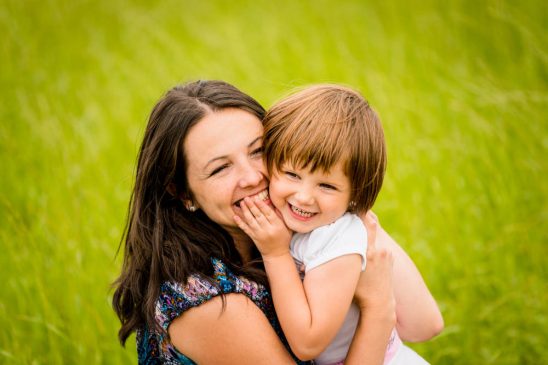Childhood is the most important time to focus on bone health because 90 percent of one’s bone mass is in place by the time he is 20. If bones are not properly built during childhood, there may not be another good time to strengthen these vital cells. In fact, this could set up individuals for osteoporosis and dangerous fractures much later in life. If you are a parent, you should be aware of three key ways that you can affect your child’s health in this matter.
Give Children Plenty of Calcium and Vitamin D
Nutrition is a key component of good bone health. You probably remember hearing your mother reminding you to drink your milk for strong bones. This tip remains true today as milk and other dairy products are great sources of the important bone mineral known as calcium. Even if your child is not a big fan of dairy products, you can find plenty of calcium in many other common foods, such as leafy greens, fish, and nuts, as well as in calcium-fortified bread and juices.
Encourage Physical Activity
Weight-bearing activities are important for growing not only strong muscles but also strong bones at any age. Sadly, many children get very little activity on most days of the week, leading to weak bones. Running, climbing, and jumping are all great activities at this age.
Keep Children Away from Secondhand Smoke
Cigarette smoke is a known cause of weak bones at any age. While you may not be concerned about this for your child because he most likely has never tried a cigarette, you should be aware that many people try cigarettes for the first time at a very young age. In addition, secondhand smoke can be just as dangerous for children to breathe.




